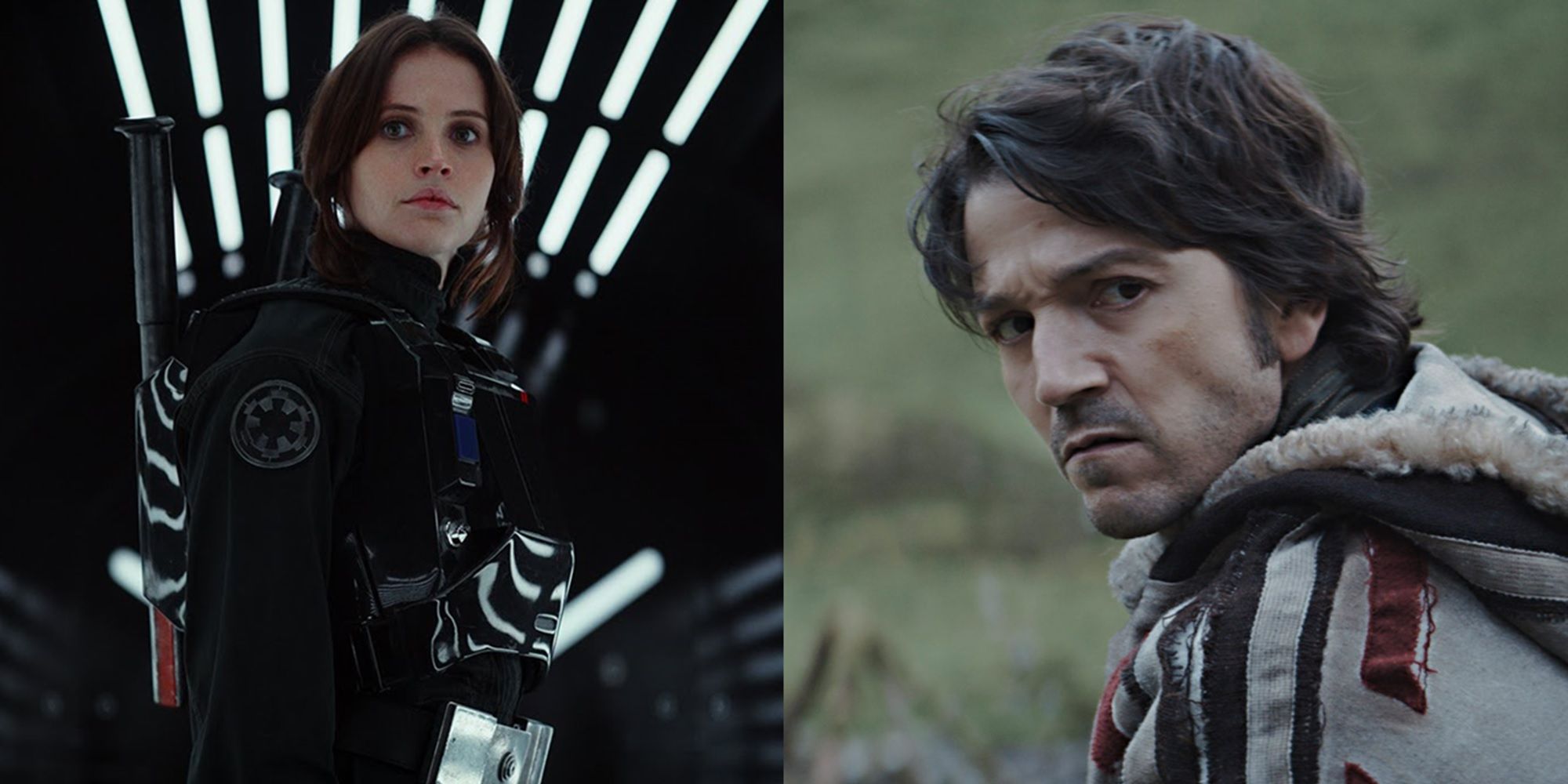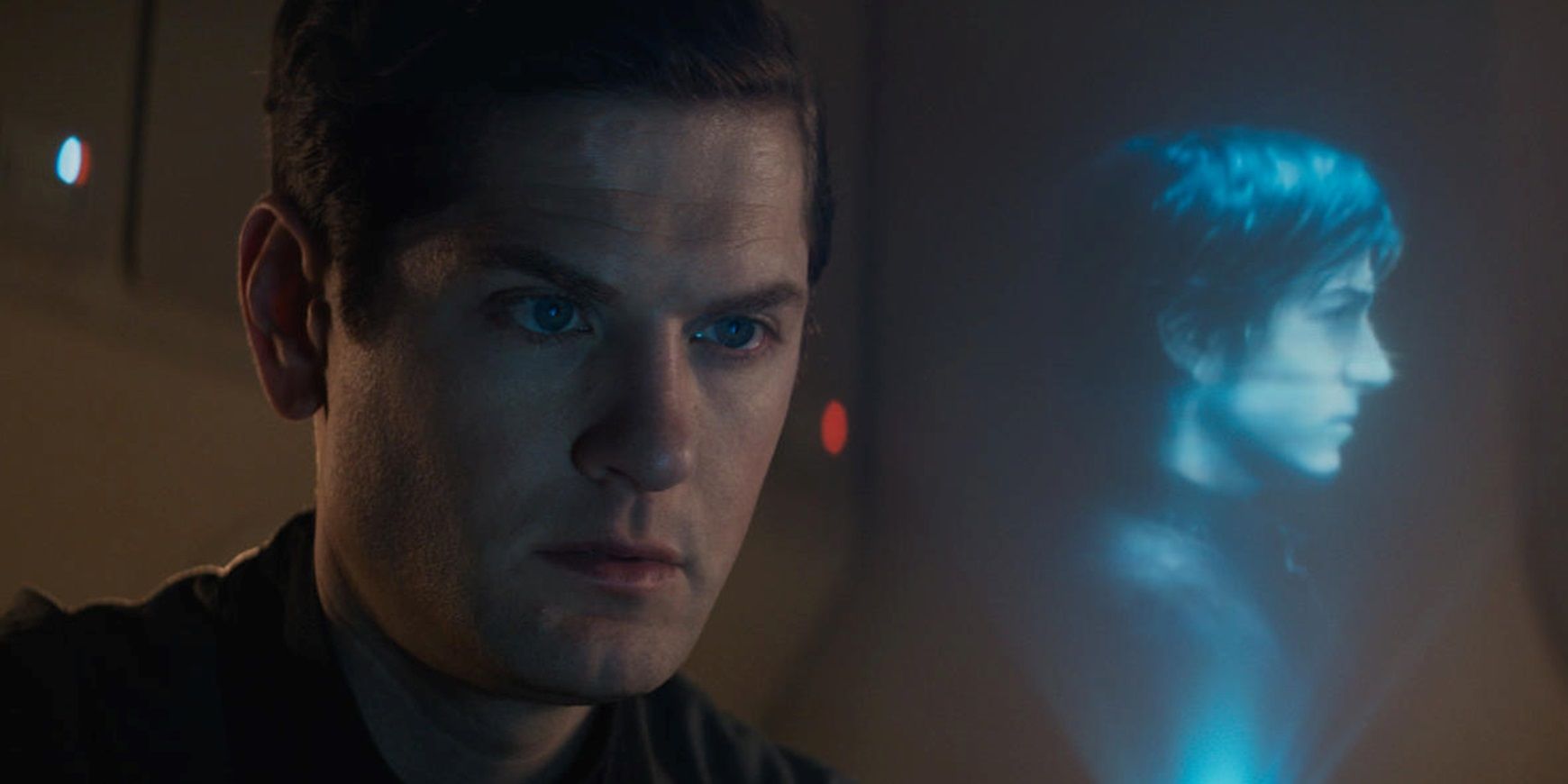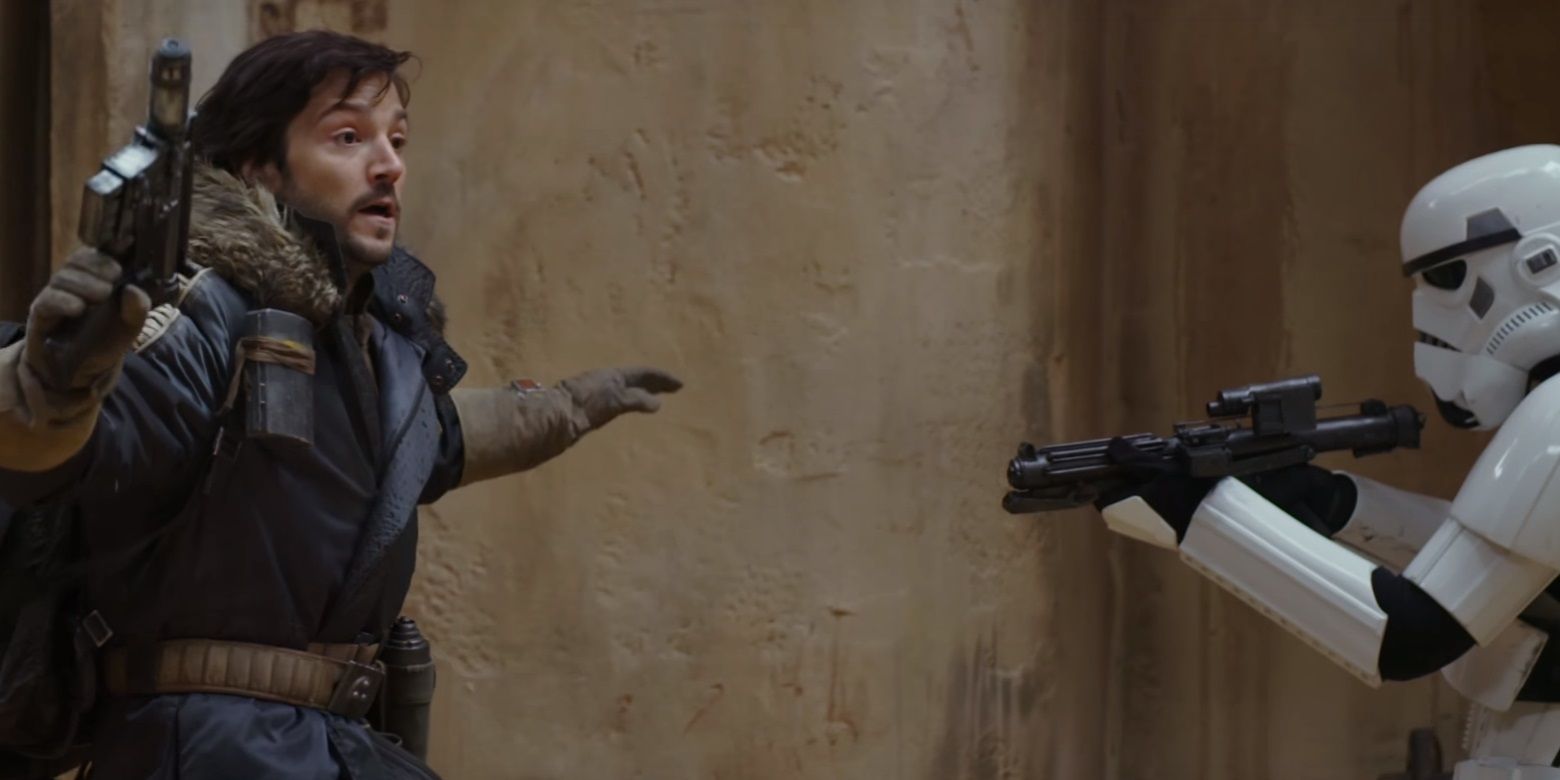At a time when the majority of Star Wars media is a let-down, Andor has stood out as a resounding success. Lucasfilm’s latest Disney+ series is Star Wars for grown-ups: a somber, slow-burning spy series about oppressed people rising up against a corrupt system to take down a dictatorship. The titular Cassian Andor has been introduced as a self-serving smuggler trying to clear his name of murder charges, and thanks to the events of its predecessor Rogue One, audiences know that this thief is destined to become a dedicated Rebel leader who is willing to give his life – quite literally – for the fight against the Galactic Empire.
A big part of why Andor is so successful is the authorial command of creator and showrunner Tony Gilroy, who has a very distinct, very mature vision of the Star Wars universe. With Gilroy at the helm, Andor doesn’t try to recapture the pulpy spirit of George Lucas’ original movies (which is a futile effort, anyway); it explores new characters, new corners of the galaxy, a more nuanced portrait of the Empire’s rule, and a completely different style of storytelling as a bleak political drama. Gilroy previously worked on Rogue One, but his involvement with that movie was nowhere near as hands-on as his work on Andor. On Andor, Gilroy has mapped out the entire storyline from beginning to end and assembled his own team of writers to bring that story to life. On Rogue One, he just retooled and reshaped what was already there.
Since it hit theaters in 2016, Rogue One has been praised as the best Star Wars movie of the Disney era. But compared to the botched sequel trilogy and the unnecessary Han Solo origin story, any movie would look like a masterpiece. There are plenty of flaws in Rogue One that prevent it from ranking alongside the original 1977 Star Wars movie and The Empire Strikes Back. Most of its characters are underdeveloped, its middle act is a drag, and the script rarely follows the “show, don’t tell” rule of storytelling. It’s also torn between being a small-scale heist thriller and a large-scale space opera epic.
From a narrative perspective, there was no need for Rogue One to be filled with fan service and end with a big, spectacular space battle. But, from a commercial perspective, it makes sense that the studios pumping hundreds of millions of dollars into Rogue One were wary that a grounded heist movie about unknown characters had the chance to become a billion-grossing blockbuster. Rogue One was the first of many recent Star Wars projects that would suffer from highly publicized behind-the-scenes problems. It didn’t switch directors midway through production like Solo, but Lucasfilm did bring on a new director when the movie was in post-production.
Gareth Edwards is the credited director of Rogue One, but when Disney was losing faith in the project, Andor creator Tony Gilroy came aboard to carry it to the finishing line. According to The Hollywood Reporter, Gilroy said, “I came in after the director’s cut,” at a time when Rogue One was “in so much terrible, terrible trouble.” He rewrote a lot of the dialogue and directed additional scenes that were added during the lengthy post-production process. Gilroy’s contributions made Rogue One a more than watchable action-adventure movie, but it doesn’t have the idiosyncratic voice that he would later bring to Andor, because the story and characters were mostly developed when he came along. The Mouse House hired Gilroy to “improve their position,” not start over from scratch.
Andor is the gritty Star Wars spy thriller that Rogue One promised to be before it was reshaped by studio meddling and extensive reshoots. Gilroy’s work as a script doctor and reshoot director has been credited with saving Rogue One from being a complete disaster – not only is it not a complete disaster; it’s one of the strongest Star Wars films ever made – but he came aboard that movie late in its development. Andor demonstrates Gilroy’s unique vision of Star Wars when he has the freedom to develop a project from the ground up. It’s not a straightforward action-adventure like Rogue One; it’s a Star Wars story unlike any that fans have seen before.
Unlike most other Star Wars media, Andor has no traditional heroes or villains. Its characters aren’t archetypes; they’re all human beings with their own flaws and redeeming qualities. The Rebels are morally dubious and the Imperials are sympathetic. Also unlike most other Star Wars media, Andor’s cinematography isn’t jam-packed with CGI. The filmmakers used practical effects wherever possible and replaced the bland, standard coverage of VFX-heavy shows like The Book of Boba Fett and Obi-Wan Kenobi with shaky handheld cameras that make the action more immersive and the characters more real.
Rogue One promised to revolve around low-level operatives doing the Rebellion’s dirty work, but it still ended up focusing on the Skywalkers and the top brass of the Rebels and the Empire, with scenery-chewing appearances by Darth Vader, Princess Leia, and Grand Moff Tarkin, and perfunctory cameos for R2-D2 and C-3PO. Andor, on the other hand, has very little fan service and a ton of fascinating original characters who carry the story on their own.
Andor is a darker, grittier take on Star Wars than fans have ever seen before, and Gilroy has pulled it off in spectacular style. With Gilroy at the helm of the rewrites and reshoots, Rogue One ended up being a very solid movie. But if Gilroy had developed the script from the beginning and directed every scene as opposed to just the last-minute changes, it could’ve been even better.
New episodes of Andor are streaming every Wednesday on Disney+.



